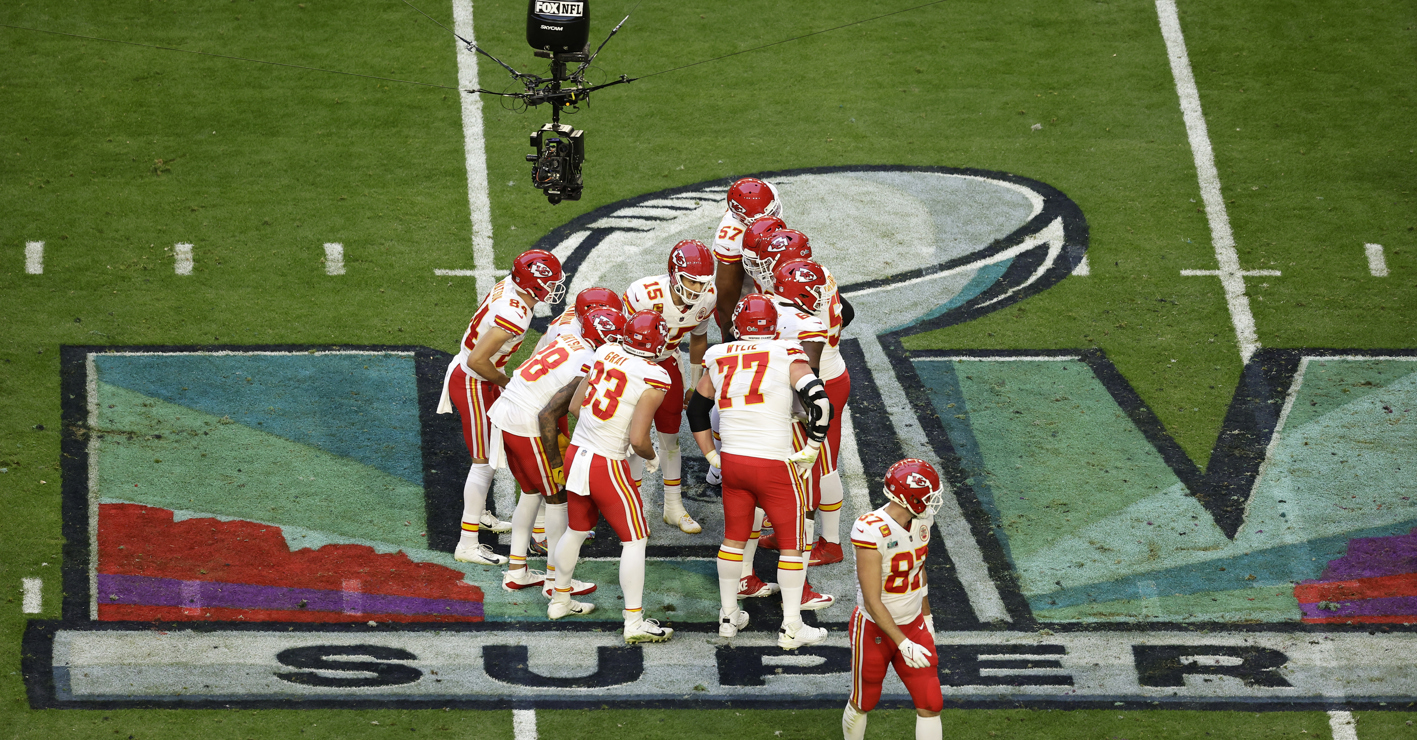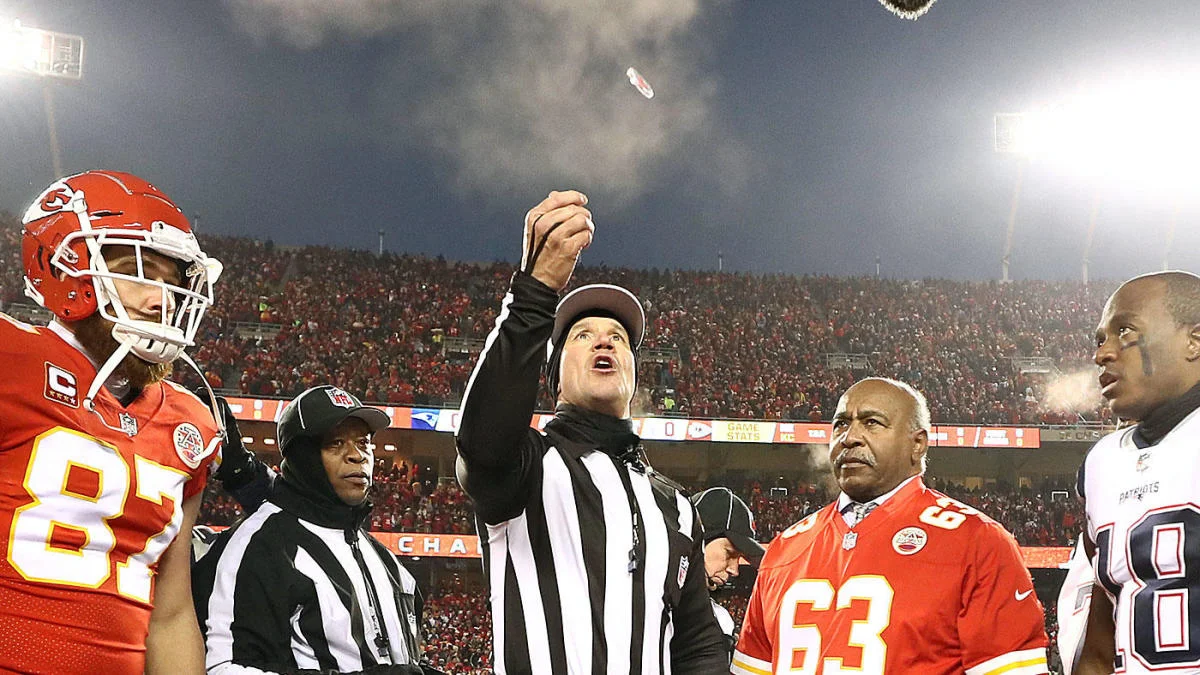In the high-stakes world of the National Football League (NFL), the margin between victory and defeat often hinges on moments of high drama, none more so than the nail-biting crescendo of overtime. With the rules of the game under constant scrutiny for fairness and excitement, recent adjustments to NFL overtime regulations have sparked conversations among fans, players, and officials alike. This article delves into the intricacies of these modifications, particularly distinguishing between the regular season and playoff scenarios, and sheds light on how these changes impact the game’s outcome.

Understanding the Fundamentals of NFL Overtime
Traditionally, NFL games are contested over 60 minutes, divided into four 15-minute quarters. The team leading in points as the clock winds down in the fourth quarter is declared the victor. However, in the event of a tie, the game transitions into an overtime phase, introducing a set of modified rules designed to determine a winner. The 2023 NFL season brought forth pivotal changes to these rules, tailored distinctly for the regular season and the playoffs, ensuring every game concludes with a decisive outcome.

Playoff Peculiarities: The Postseason Overtime Transformation
The spotlight intensifies during the NFL playoffs, where every play can be the difference between advancement and elimination. The postseason’s revised overtime regulations were showcased during Super Bowl 58, marking a historic moment as it was only the second occasion the championship game extended into overtime under the newest rule adjustments.
Unlike the sudden-death format of yesteryears, the current system grants each team an opportunity to possess the ball at least once, unless the initial team with possession scores a touchdown. This approach aims to balance competitive fairness, allowing both teams a chance to influence the game’s final outcome. Following the initial possessions, if the score remains tied, the game reverts to a sudden-death format, where the next score—regardless of its nature—seals the victory.
The Coin Toss and Beyond
The procedure commences with a coin toss, determining which team will kick off the overtime period. Should the first team to take possession fail to score, the opposing team can clinch the game with any subsequent score. Conversely, if the initial possession results in points, the opposing team must match or surpass this score on their first possession to either extend the game or secure a win. This sequence ensures a dynamic and unpredictable overtime, keeping teams and fans on edge until the final play.

Regular Season Rules: Aiming for a Swift Conclusion
The regular season’s overtime structure is designed with a slightly different philosophy, emphasizing a prompt resolution to ties while still allowing for a fair contest. In this setup, the team that possesses the ball first can end the game by scoring a touchdown. If they fail to do so, the opposing team is given a chance to respond. Should both teams score equivalent points or fail to score on their initial possessions, the game progresses to sudden death, continuing until a score is made.
The first overtime playoff game under the NFL’s new rules: pic.twitter.com/4xGustvFPP
— Adam Schefter (@AdamSchefter) February 12, 2024
Notably, the regular season accommodates the possibility of a game ending in a tie if neither team scores during the single 10-minute overtime period. This contrasts with the playoff mandate for a definitive winner, reflecting the regular season’s broader strategic considerations and the physical welfare of players across a grueling schedule.
Conclusion: Adapting to the Evolution of the Game
The NFL’s overtime rule changes are a testament to the league’s ongoing efforts to refine the game, ensuring it remains one of the most thrilling and equitable sports. By distinguishing between the regular season and playoff formats, the NFL caters to the unique pressures and expectations of different stages within the season. As teams and fans alike adapt to these rules, the alterations promise to add another layer of strategy and excitement to the already unpredictable nature of NFL football, reinforcing its status as a beloved national pastime.

